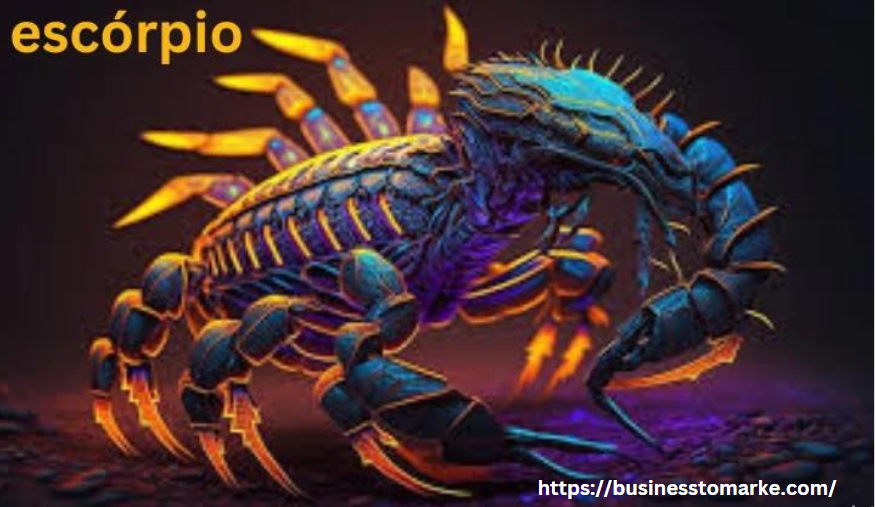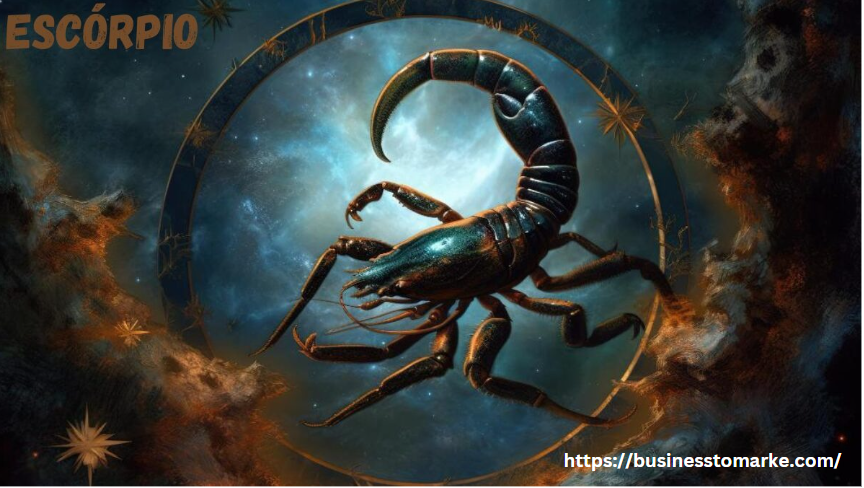What is Escórpio? Comprehensive Review

Introduction to Escórpio
Understanding Escórpio
Escórpio, often shrouded in mystery and myth, is a creature that has fascinated humans for centuries. From its unique anatomy to its intriguing behavior, Escórpio captivates the imagination and invites exploration. In this comprehensive review, we delve into the depths of what makes Escórpio such a fascinating creature.
The Origins of Escórpio
Historical Background
Escórpio has a rich history steeped in myth and legend. Ancient civilizations revered it as a symbol of power and mystery, often associating it with deities and supernatural beings. From ancient Egypt to Mesopotamia, Escórpio has left its mark on human culture throughout the ages.
Cultural Significance
In various cultures around the world, Escórpio holds symbolic importance. From representing transformation and rebirth to embodying danger and secrecy, Escórpio’s cultural significance varies widely. Its presence in folklore and mythology further adds to its mystique.
The Anatomy of Escórpio
Physical Characteristics
Escórpio is characterized by its elongated body, segmented tail, and pincer-like claws. Its exoskeleton protects predators, while its venomous sting serves as a potent defense mechanism and hunting tool.
Behavioral Patterns
Escórpio exhibits complex behaviors, including territoriality, mating rituals, and hunting strategies. Its ability to adapt to diverse environments showcases its resilience and evolutionary prowess.
Habitat and Distribution
Natural Environment
Escórpio can be found in a variety of habitats, including deserts, forests, and grasslands. It prefers areas with ample shelter and access to prey, such as rocky outcrops, burrows, and leaf litter.
Geographic Range
Escórpio has a widespread distribution, inhabiting every continent except Antarctica. Its ability to thrive in diverse climates and ecosystems speaks to its adaptability and ecological success.
Diet and Feeding Habits
Predatory Behavior
Escórpio is a skilled predator, relying on ambush tactics and stealth to capture its prey. It uses its keen sense of smell and vibration detection to locate potential meals.
Prey Selection
Escórpio’s diet consists primarily of insects, spiders, and small vertebrates. It immobilizes its prey with its venomous sting before consuming it whole or tearing it apart with its claws.
Reproduction and Life Cycle
Mating Rituals
Escórpio engages in elaborate courtship rituals, often involving intricate dances and displays of strength. Mating pairs may engage in duels or competitions to secure mating rights.

Gestation Period
After mating, female Escórpios carry their developing embryos internally for a period ranging from several weeks to several months, depending on the species.
Offspring Care
Once the offspring are born, the mother may provide some level of parental care, such as guarding the young or supplying them with food. However, most Escórpios are born fully formed and capable of fending for themselves.
Threats and Conservation Status
Human Impact
Escórpio faces numerous threats from human activities, including habitat destruction, pollution, and poaching. Climate change also poses a significant risk to Escórpio populations by altering their habitats and disrupting their prey base.
Conservation Efforts
Efforts to conserve Escórpio populations include habitat preservation, captive breeding programs, and public education initiatives. By raising awareness about the importance of Escórpio in ecosystems, conservationists hope to secure a brighter future for these fascinating creatures.
Interactions with Humans
Cultural Perceptions
Humans have long held conflicting views of Escórpio, seeing it as both a symbol of fear and fascination. In some cultures, Escórpio is revered as a guardian spirit or totem animal, while in others, it is feared and vilified as a bringer of death and destruction.
Economic Importance
Escórpio has economic significance in various industries, including pharmaceuticals, agriculture, and pest control. Its venom contains compounds that show promise in medicine, while its role as a natural predator helps to control insect populations in agricultural settings.
Escórpio in Popular Culture
Literary References
Escórpio has inspired countless works of literature, from ancient myths and legends to modern novels and films. Its symbolic significance and mysterious nature make it a compelling subject for storytellers and artists alike.
Symbolism and Mythology
In mythology and folklore, Escórpio is often associated with themes of transformation, regeneration, and hidden knowledge. Its ability to shed its exoskeleton and emerge renewed has led to its portrayal as a symbol of rebirth and renewal.
Fascinating Facts About Escórpio
Unique Traits
Escórpio possesses several unique traits that set it apart from other arachnids. These include its ability to fluoresce under ultraviolet light, its ability to survive extreme temperatures, and its remarkable regenerative abilities.
Survival Strategies
Escórpio employs a variety of survival strategies to thrive in its environment. These include camouflage, mimicry, and nocturnal activity patterns, which help it evade predators and locate prey more efficiently.
Conclusion
In conclusion, Escórpio is a creature of remarkable complexity and resilience. From its ancient origins to its modern-day interactions with humans, Escórpio continues to intrigue and inspire. By understanding and appreciating Escórpio, we gain a deeper insight into the wonders of the natural world.




Leave a Comment